Alexandre Helle
Demonstration of a Neural Machine Translation System with Online Learning for Translators
Jun 21, 2019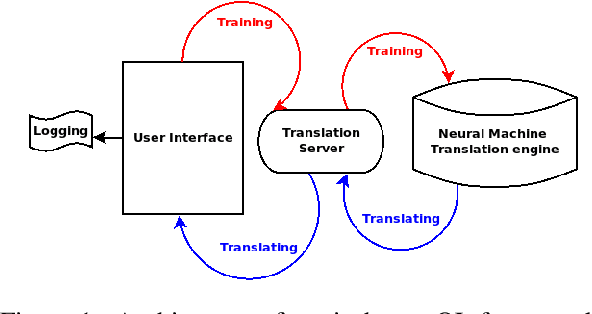
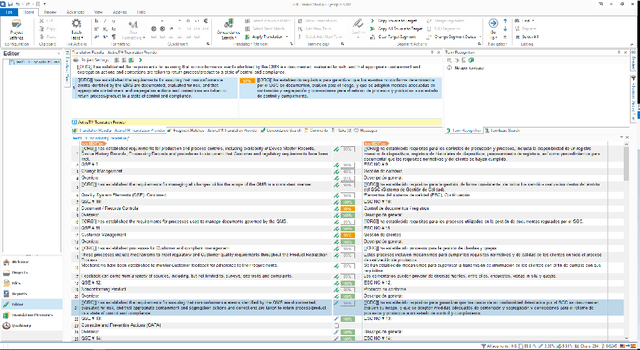
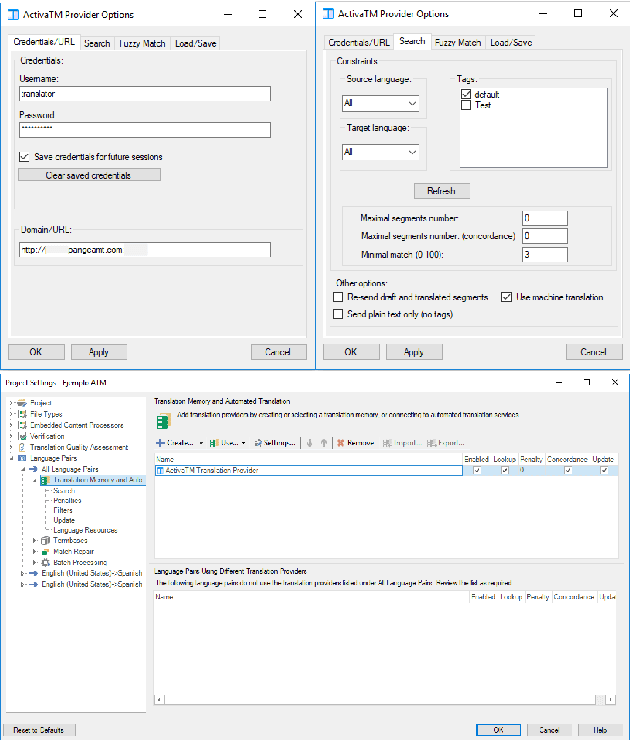
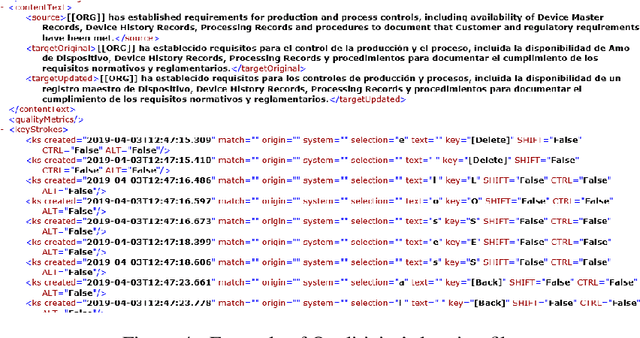
Abstract:We introduce a demonstration of our system, which implements online learning for neural machine translation in a production environment. These techniques allow the system to continuously learn from the corrections provided by the translators. We implemented an end-to-end platform integrating our machine translation servers to one of the most common user interfaces for professional translators: SDL Trados Studio. Our objective was to save post-editing effort as the machine is continuously learning from human choices and adapting the models to a specific domain or user style.
Incremental Adaptation of NMT for Professional Post-editors: A User Study
Jun 21, 2019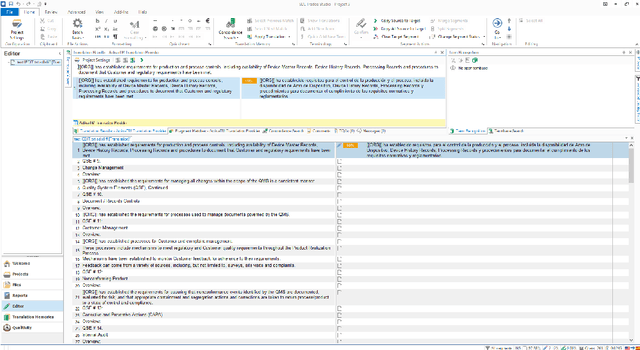
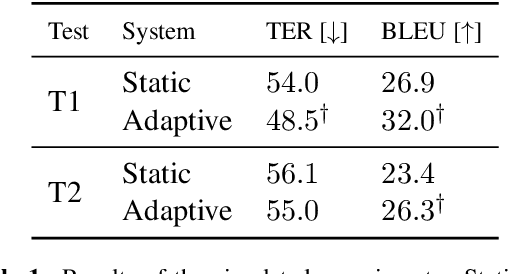


Abstract:A common use of machine translation in the industry is providing initial translation hypotheses, which are later supervised and post-edited by a human expert. During this revision process, new bilingual data are continuously generated. Machine translation systems can benefit from these new data, incrementally updating the underlying models under an online learning paradigm. We conducted a user study on this scenario, for a neural machine translation system. The experimentation was carried out by professional translators, with a vast experience in machine translation post-editing. The results showed a reduction in the required amount of human effort needed when post-editing the outputs of the system, improvements in the translation quality and a positive perception of the adaptive system by the users.
How Much Does Tokenization Affect Neural Machine Translation?
Dec 27, 2018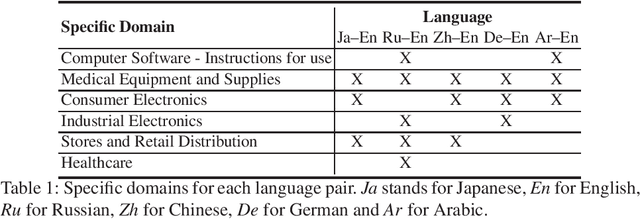
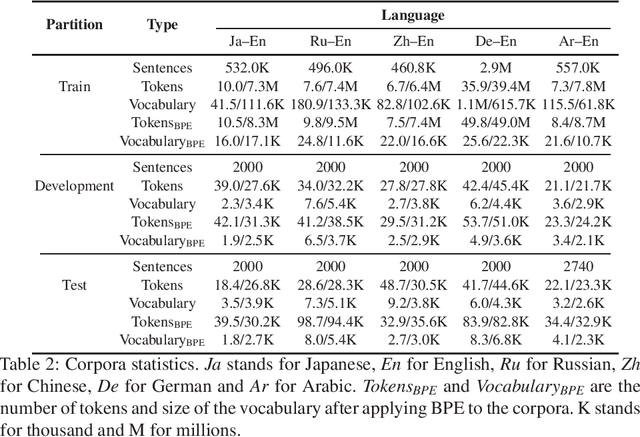
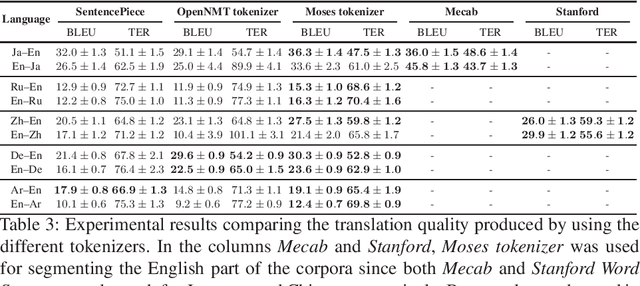
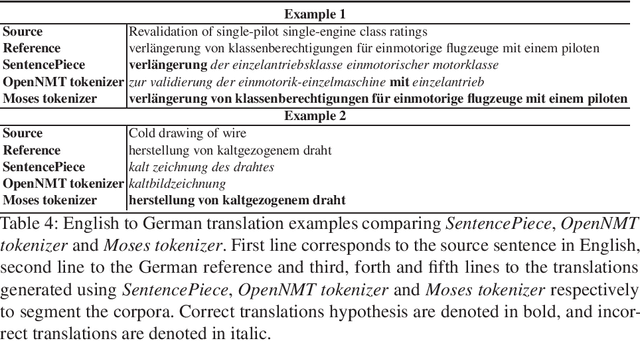
Abstract:Tokenization or segmentation is a wide concept that covers simple processes such as separating punctuation from words, or more sophisticated processes such as applying morphological knowledge. Neural Machine Translation (NMT) requires a limited-size vocabulary for computational cost and enough examples to estimate word embeddings. Separating punctuation and splitting tokens into words or subwords has proven to be helpful to reduce vocabulary and increase the number of examples of each word, improving the translation quality. Tokenization is more challenging when dealing with languages with no separator between words. In order to assess the impact of the tokenization in the quality of the final translation on NMT, we experimented on five tokenizers over ten language pairs. We reached the conclusion that the tokenization significantly affects the final translation quality and that the best tokenizer differs for different language pairs.
 Add to Chrome
Add to Chrome Add to Firefox
Add to Firefox Add to Edge
Add to Edge